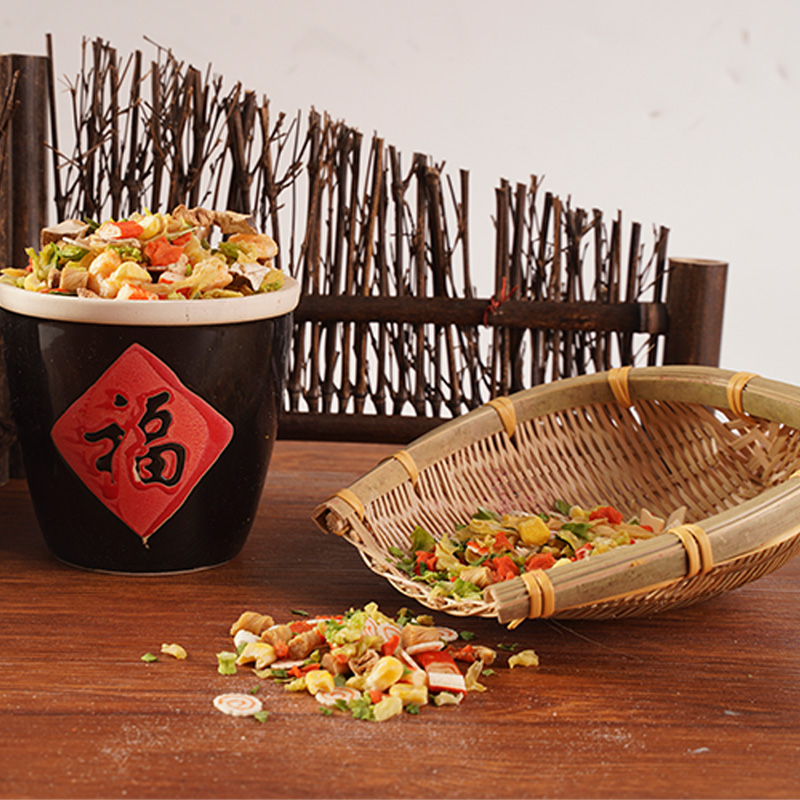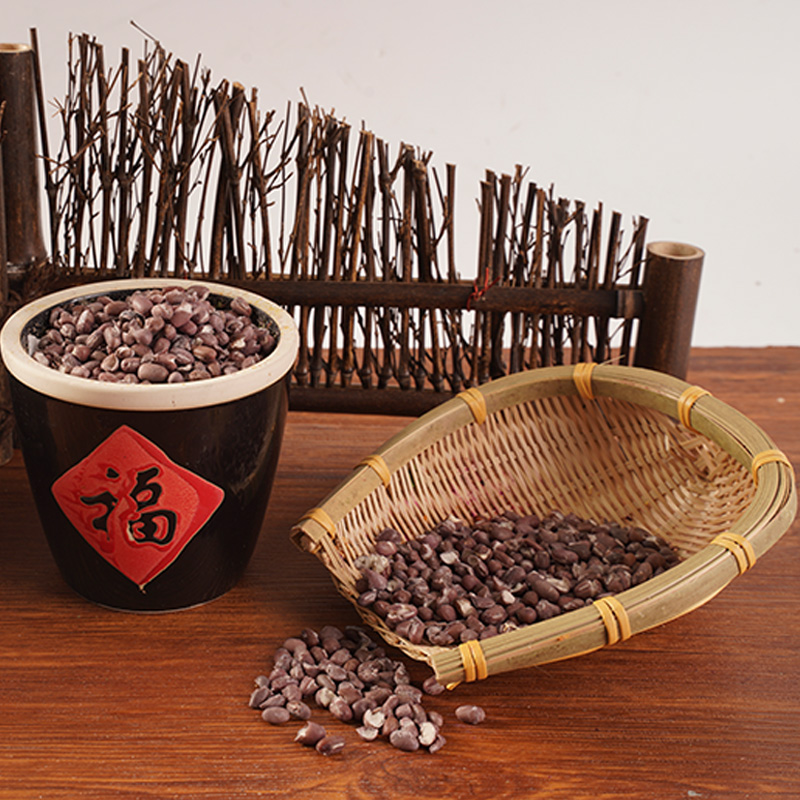Dehydrated vegetables: a smart choice for efficient meal preparation and emergency reserves
Against the backdrop of fast-paced modern life and increasingly frequent extreme weather events, how to efficiently prepare daily meals and establish reliable emergency food reserves has become an important issue. Dehydrated vegetables, an ancient method of food preservation, is becoming a practical choice for families seeking efficiency and individuals who value disaster preparedness with its unique advantages.
Core advantages: extraordinary stability and space efficiency
The shelf life of fresh vegetables is often measured in days, while the shelf life of scientifically dehydrated vegetables can be easily extended to 1-5 years or even longer under sealed and light-proof conditions. This fundamentally solves the pain point that fresh vegetables are difficult to store for a long time, making them an indispensable part of emergency food reserves. At the same time, the dehydration process removes most of the water in the vegetables, causing their volume and weight to drop sharply. This means that in a limited kitchen or storage space, dozens of times the amount of fresh vegetables can be stored, significantly improving space utilization efficiency.
Nutrient retention: scientific dehydration locks in the essence
One of the core goals of modern dehydration technology (such as low-temperature air drying and freeze drying) is to retain nutrients to the greatest extent. Studies have shown that under optimized process conditions, dehydrated vegetables can effectively lock in most vitamins (such as vitamin A, C, and some B group), minerals (such as potassium, iron), and dietary fiber. Although some heat-sensitive vitamins (such as vitamin C) will be lost during processing, the overall **nutrient density of dehydrated vegetables is still considerable**, far exceeding a diet that lacks vegetables completely.
Daily meal preparation: a convenient and efficient health assistant
For busy office workers or efficiency-conscious home cooks, dehydrated vegetables significantly simplify the cooking process. Eliminating the tedious cleaning and cutting steps, just use warm water 10-15 minutes in advance or add directly to the soup to rehydrate, and you can restore the taste and shape of fresh vegetables. They can be quickly integrated into soups, stews, sauces, fried rice, pasta, and even baked goods, easily increasing the nutritional value and flavor level of dishes, and are a powerful assistant for efficient meal preparation.
Emergency reserves: reliable basic nutrition guarantee
In emergency situations where natural disasters cause supply chain disruptions or travel restrictions, dehydrated vegetables provide a stable and lightweight source of vegetables. Its non-refrigerated nature makes it safe to eat during power outages. Paired with other reserve foods (such as grains, beans, and protein sources), it can effectively ensure a balanced intake of basic nutrients and avoid micronutrient deficiencies caused by a long-term lack of vegetables, which is essential for maintaining health. Whether it is a home emergency kit or outdoor survival equipment, dehydrated vegetables are an ideal partner for lightweight, high-energy-density foods.
Professional advice: the key to selection and storage
When choosing dehydrated vegetables, pay attention to the ingredient list (it should be only the vegetables themselves, without additional sugar, salt or preservatives) and processing technology (freeze-dried FD usually retains better color and nutrition). After purchase, be sure to store it in a sealed container in a cool, dry, and dark environment to maximize its quality and extend its shelf life. Use or reseal the bag as soon as possible after opening.
Dehydrated vegetables are not intended to replace fresh vegetables, but as a highly practical, stable and reliable supplement with good nutritional preservation. It seamlessly connects modern people's pursuit of efficiency and the emphasis on preparing for a rainy day, and demonstrates irreplaceable value in both ordinary daily meal preparation and critical emergency scenarios - significantly extending the convenience and safety of vegetables in both time and space.
prevNo previous article
nextHow Can You Properly Store Dehydrated Vegetables to Maximize Shelf Life?
News Category
- Company News(1)
- Industry News(68)



 English
English русский
русский 日本語
日本語 한국어
한국어 中文简体
中文简体












